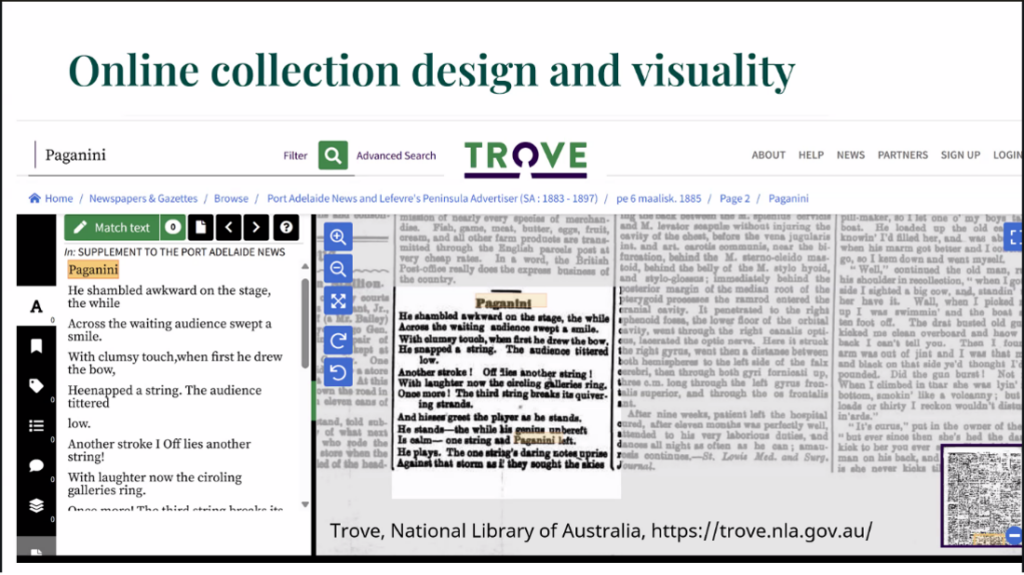 News
News
DIGHT-Net Workshop Report, ‘Representing Data in Digital Archives,’ 19 September 2025
October 20, 2025

On 19 September, the DIGHT-net project convened for the third online workshop in its series New Trends in Digital Culture Studies, entitled Representing Data in Digital Archives. The workshop centred on the visual representation of cultural heritage materials, exploring both the opportunities and challenges associated with such practices. More than 30 participants from different countries took part in the workshop.
Merit Maran, Director of the Juri Lotman Semiotics Repository, opened the event with a welcoming address to the participants. The workshop and subsequent discussion were moderated by Petri Paju.
The first speaker, Professor Hannu Salmi, delivered a presentation entitled Revisiting Cultural Heritage Collections: A Benchmark View on Data Visualisation, in which he examined the various approaches employed by cultural heritage institutions to visually represent their collections. He discussed how visual choices serve as tools for discovery and contextualisation. The digitisation of cultural heritage collections has enabled their visual presentation online, while simultaneously raising critical questions concerning simplification, concealed narratives, and design principles. Professor Salmi illustrated his points with examples of diverse visualisation techniques, including temporal and spatial representations, network graphs, and interactive formats.
 The second speaker, Dr Mila Oiva, presented a talk entitled Visualising the Lotman-Mints Digital Archive with AI, which demonstrated how visualisations can be employed as tools within the digitisation or research process to provide a preliminary understanding of data. Large Language Models (LLMs) offer a more accessible alternative to programming languages or complex software, thereby enabling a ‘quick and easy’ initial overview of the data. While issues such as unreliability and hallucination remain significant concerns, Dr Oiva proposed a two-step approach: first generating a verifiable table, and subsequently producing visualisations based on that data, as a means of mitigating these risks. Also experimenting with prompts and finetuning them was essential for getting desired results.
The second speaker, Dr Mila Oiva, presented a talk entitled Visualising the Lotman-Mints Digital Archive with AI, which demonstrated how visualisations can be employed as tools within the digitisation or research process to provide a preliminary understanding of data. Large Language Models (LLMs) offer a more accessible alternative to programming languages or complex software, thereby enabling a ‘quick and easy’ initial overview of the data. While issues such as unreliability and hallucination remain significant concerns, Dr Oiva proposed a two-step approach: first generating a verifiable table, and subsequently producing visualisations based on that data, as a means of mitigating these risks. Also experimenting with prompts and finetuning them was essential for getting desired results.
The ensuing discussion addressed key ethical and methodological considerations, including the imperative not to input material into LLMs that is not openly accessible. Participants also discussed the extent to which the accuracy of visualisations can be verified, and ‘vibe coding’ as a future avenue. Overall, ‘playfullness’ as a method for archivists to review their (meta)data and public online archive users raised interest.
Interested in the workshop? You can watch the full recording here.
